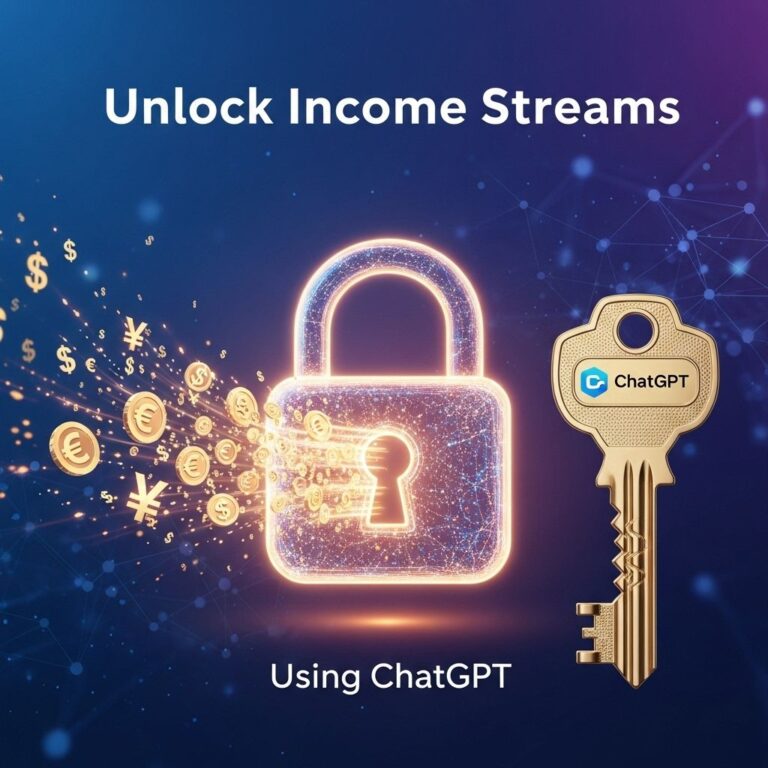In today’s digital age, the concept of community has evolved significantly. No longer confined to local gatherings or clubs, communities can now thrive online, bringing together like-minded individuals from all over the globe. This shift has opened up exciting opportunities for monetization, allowing individuals and organizations to create paid communities that not only foster engagement but also serve as a source of income. In this article, we will explore how you can boost your income by establishing a paid community in 2025.
Table of Contents
Understanding Paid Communities
A paid community is a group where members pay a fee to join and access exclusive content, resources, and networking opportunities. These communities can take many forms, including forums, social media groups, subscription-based platforms, and more. The essence of a paid community lies in its ability to provide value that justifies the membership cost.
The Value Proposition
For a paid community to succeed, it must deliver distinct value to its members. Here are some key elements that contribute to a compelling value proposition:
- Exclusive Content: Members should have access to unique resources, such as articles, videos, podcasts, or webinars that are not available to non-members.
- Expert Access: Provide opportunities for members to interact with experts or thought leaders through Q&A sessions, interviews, or live events.
- Networking Opportunities: Create spaces for members to connect, collaborate, and grow their networks, such as forums, chat rooms, or virtual meetups.
- Community Support: Foster a supportive environment where members can share experiences, ask for advice, and receive feedback.
Identifying Your Niche
One of the first steps in building a successful paid community is identifying a specific niche that resonates with your target audience. Consider the following tips when determining your niche:
Research the Market
Start by conducting market research to identify gaps and opportunities. Look for communities that are thriving and analyze what makes them successful. Consider the following:
- What topics are trending?
- What challenges do people face in your area of expertise?
- How can you differentiate your offering?
Define Your Audience
Once you’ve identified a niche, it’s crucial to define your target audience. Create a detailed profile that includes demographics, interests, pain points, and aspirations. This will help you tailor your community’s content and offerings to meet their needs effectively.
Building the Community
With a clear understanding of your niche and audience, it’s time to start building your community. Here are some essential steps to guide you:
Select the Right Platform
Choosing the right platform for your paid community is vital. Consider the following options:
| Platform | Features | Best For |
|---|---|---|
| Facebook Groups | Easy to use, large user base | Engagement and interaction |
| Discord | Voice/video chat, community channels | Gamers and tech enthusiasts |
| Slack | Professional networking, channels | Business and professional use |
| Patreon | Subscription model, tiered memberships | Content creators and artists |
| Memberful | Membership management, integrations | Content creators with a website |
Create Engaging Content
Content is the lifeblood of any community. Focus on delivering high-quality, engaging content that aligns with your audience’s interests. Consider the following content types:
- Webinars: Host live sessions where members can learn and ask questions.
- Workshops: Provide hands-on experiences where members can develop new skills.
- Q&A Sessions: Allow members to ask questions to industry experts.
- Discussion Threads: Encourage conversations around relevant topics.
Monetizing Your Community
Now that your community is built, it’s time to focus on monetization strategies. Here are several approaches to consider:
Membership Tiers
Offering different membership tiers can cater to various needs and budgets. Consider providing:
- Basic Membership: Access to standard content and community features.
- Premium Membership: Access to exclusive content, expert sessions, and additional resources.
- VIP Membership: One-on-one mentoring or coaching sessions and customized resources.
Sponsored Content
As your community grows, you may attract brands looking to connect with your audience. Consider incorporating sponsored content while ensuring it aligns with your community’s values and interests.
Affiliate Marketing
Promote products or services relevant to your community and earn a commission for each sale generated through your referrals. This requires building trust with your community and ensuring that recommendations are authentic.
Fostering Engagement
A thriving community relies on active participation from its members. Here are some tips to foster engagement:
Encourage Interaction
Prompt discussions and encourage members to share their experiences. Ask open-ended questions and create polls to gauge opinions.
Incentivize Participation
Consider implementing gamification elements, such as badges or leaderboards, to reward active members. This can motivate others to participate and contribute.
Regularly Update Content
Keep the content fresh and relevant. Regularly review and update existing materials, and introduce new offerings based on member feedback and interests.
Measuring Success
To ensure the sustainability of your paid community, it’s essential to measure its success through various metrics:
- Member Retention Rate: Track how many members renew their subscriptions.
- Engagement Metrics: Monitor the amount of interaction and participation within the community.
- Revenue Growth: Analyze trends in revenue from memberships, sponsorships, and affiliate sales.
Feedback Loops
Establishing feedback loops can provide valuable insights into member satisfaction and areas for improvement. Consider using surveys or direct communication to gauge member opinions and preferences.
Final Thoughts
Launching a paid community can be a fulfilling endeavor, both personally and financially. By offering genuine value, identifying the right niche, and fostering engagement, you can create a thriving space that resonates with your audience. As you embark on this journey in 2025, remember that the key to success lies in your commitment to offering quality and maintaining open lines of communication with your members. Embrace the challenges ahead, and enjoy the rewards of building a supportive and engaged community.
FAQ
What is a paid community?
A paid community is a membership-based platform where individuals pay to join and access exclusive content, resources, and networking opportunities.
How can I boost my income with a paid community?
You can boost your income by offering valuable content, workshops, or services to your community members, charging a subscription fee, or monetizing through sponsorships.
What types of content should I offer in a paid community?
Offer content such as webinars, tutorials, exclusive articles, Q&A sessions, and community discussions that provide value to your members.
How do I attract members to my paid community?
Attract members by promoting your community through social media, creating engaging content, providing free trials, and leveraging testimonials from current members.
What are the benefits of joining a paid community?
Members can gain access to exclusive knowledge, networking opportunities, support from like-minded individuals, and potential mentorship.
Is it worth it to start a paid community in 2025?
Yes, starting a paid community in 2025 can be lucrative, as more people seek niche spaces for connection, learning, and support.






